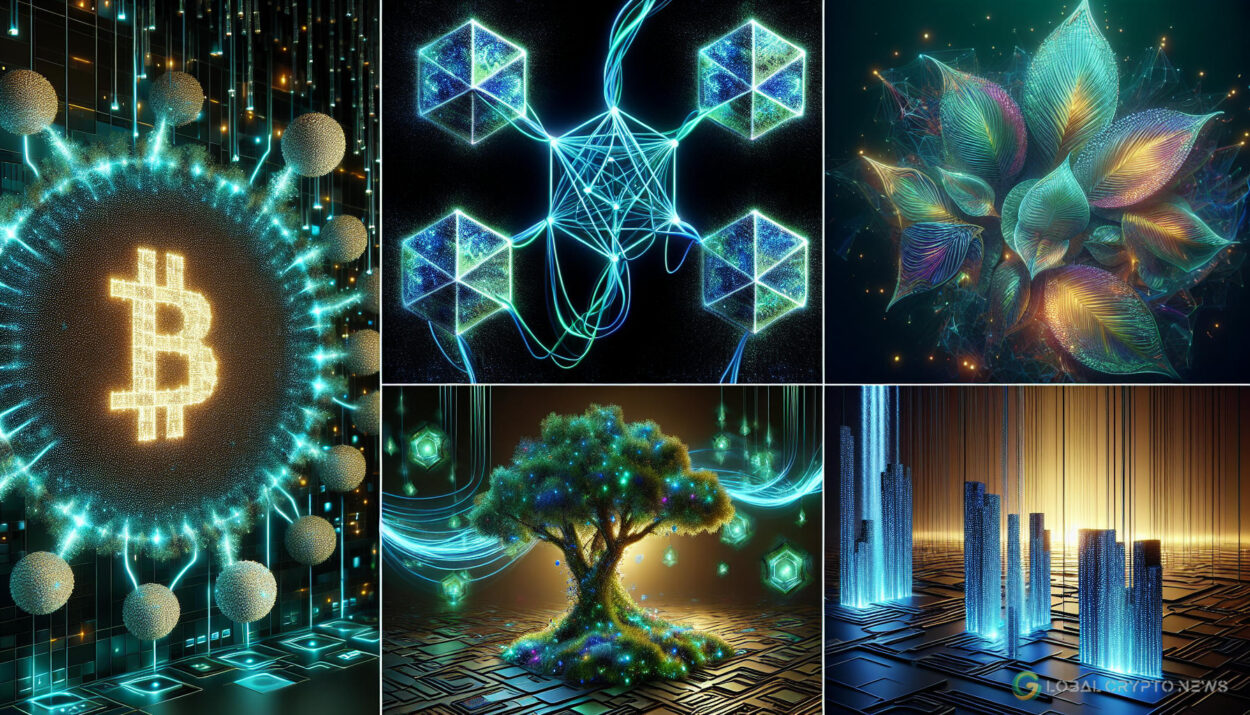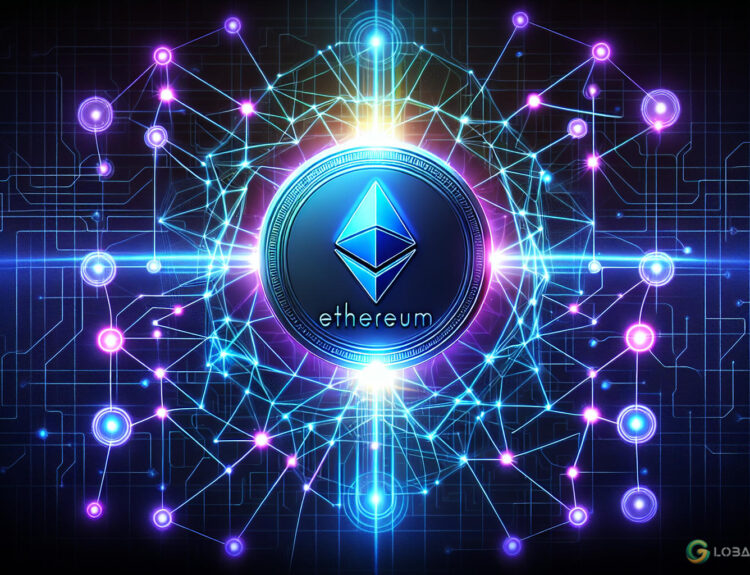Disclosure: The views and opinions expressed here belong solely to the author and do not represent the views and opinions of Global Crypto News’ editorial team.
Tezos Blockchain: A Favorite in the Art World
Since its initial coin offering in 2017, the Tezos blockchain has gained popularity in the art community due to its energy efficiency and low cost. AI artists, including Refik Anadol, a media artist known for his work with data and machine intelligence aesthetics, utilize Tezos for peer-to-peer transactions and smart contracts. The token is listed on crypto exchanges as Tezos (XTZ).
Tezos at Art Basel and Environmental Events
Tezos has been part of Art Basel since 2021 and began collaborating with Serpentine Arts Technologies in 2023. This year, during Plastic Free July, Tezos is involved in Ribela Love Nature, an open-air, sustainable techno event showcasing over 100 artworks from more than 30 visual artists. The event also features more than 20 NFT artworks for sale and includes over 15 live music acts and DJ sets.
Plastic Free July Campaign
Plastic Free July aims to raise awareness about the impact of plastic waste on nature. Originating in Australia in 2011, the campaign highlights the global issue of plastic waste affecting animals, nature, and human health. It is an initiative of the Plastic Free Foundation, which envisions a world free of plastic waste, as detailed in their 2023 Impact Report.
The campaign was pivotal in the creation of the world’s first Plastic Treaty, supported by 175 nations at the United Nations Environment Programme (UNEP) meeting in Nairobi in 2022. UNEP’s Intergovernmental Negotiating Committee on Plastics Pollution is still working on the Treaty’s terms, aiming for implementation as soon as 2025.
Tezos’ Technological Advancements
In parallel with its participation in sustainable events, Tezos has announced a significant development in its ecosystem: the introduction of Jstz (pronounced ‘justice’). Jstz is a smart rollup powered by JavaScript, designed to scale Tezos and make it an interoperable blockchain platform. This will serve as a cloud-like backend for various applications.
Scaling blockchain utility is essential for widespread adoption. The introduction of Jstz will allow developers to leverage JavaScript and its resources, including JavaScript APIs, tools, the npm ecosystem, and libraries, combined with web3 features like built-in identity, wallet, and payments.
NFT Tax Reporting Regulations Finalized
On June 28, 2024, the US Treasury Department and the Internal Revenue Service issued final digital asset broker reporting regulations. These regulations mandate reporting for centralized exchanges and hosted wallet providers, covering transactions in digital assets, including NFTs.
The regulations will take effect for transactions starting in 2025, requiring digital asset brokers to track the cost basis for customers’ tokens beginning in 2026. Brokers will need to file 1099-DA forms, with a $600 annual threshold on NFT proceeds before reporting is necessary.
These regulations provide clarity for NFT platforms regarding their reporting obligations and create transparency for both artist taxpayers and the IRS. This step is crucial in closing the estimated $50 billion crypto tax gap and legitimizing digital assets. Artists will now understand their reporting requirements for activity conducted with a digital asset broker NFT platform, and the IRS will have clear expectations for tax returns.
Stay updated with the latest news on cryptocurrencies, investing, and finance on Global Crypto News.
























